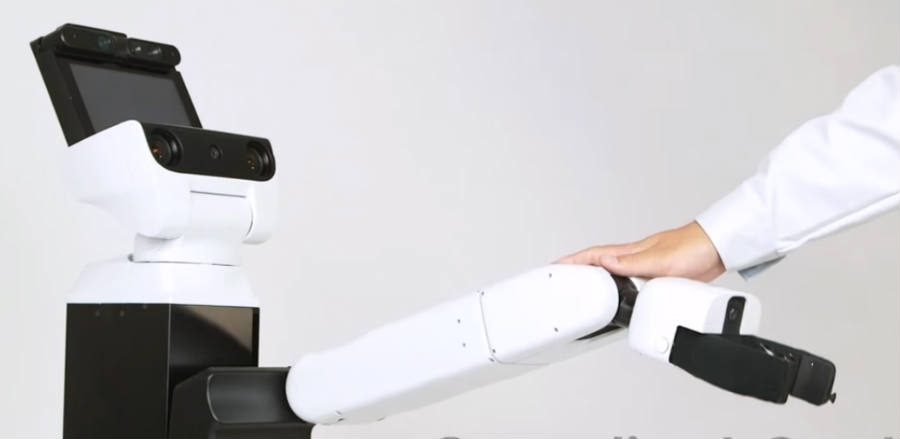Last week, Toyota completed the first in-home testing trials of the Human Support Robot, a helping machine designed to assist people with disabilities, limited mobility, and the elderly.
Romulo “Romy” Camargo, a quadriplegic U.S. veteran living in Tampa, Florida, was the first American to receive help from the HSR. The robot opened the door for him, brought him water to drink, but couldn’t quite refill a bottle of water.
As far as making people’s lives easier go, Toyota has been doing great work back at its homeland of Japan. Demand for assistive robots is rising, and it is expected to increase even more since the country’s population is rapidly aging.
How does Toyota’s HSR work and what it can do
Toyota’s Human Support Robot is a compact yet versatile robot that can help people with daily tasks they can no longer do for themselves. It was primarily designed as a home unit, but it is also helping people in hospitals and elderly care facilities.
It is a white cylindrical robot that uses a wide array of sensors and cameras to roll through home spaces and complete tasks their companions may need. It weighs just 37 kg, and at its tallest, it is roughly 1.40 m tall, just around the height of a person in a wheelchair.
Those who are bedridden can also get help from the HSR since its body extends upwards to deliver the care they need. Most of the things it does are picking up and fetching things, but it can also push buttons and get things closer to people like Romy Camargo, who cannot use any of their limbs.
Developers from Toyota’s robotics team can either map the environment where the HRS will normally provide support or turn it into a controlled space using cameras on the roof and walls.
Users can control the robot using the display interface on the machine, through dedicated software on a mobile device, or use voice commands that it can recognize. The HRS has an array of sensors, microphones, and cameras (even in its robotic arm) to perform functions with accuracy.
The robotic arm can fold and extend like the body, and the flexible hand at the end can grip items or pick them up through pressure using a suction pad. Toyota’s home helper also has a LED ring of light at the top that can be seen from any angle.
However, the assistant robot relies on QR codes to do most of the things it does. It sees and scans codes to translate them into their corresponding functions. That way, it knows it has to press a button instead of grabbing it, and fetch water and automatically get it close to the person’s mouth for them to drink.
Source: CNN



